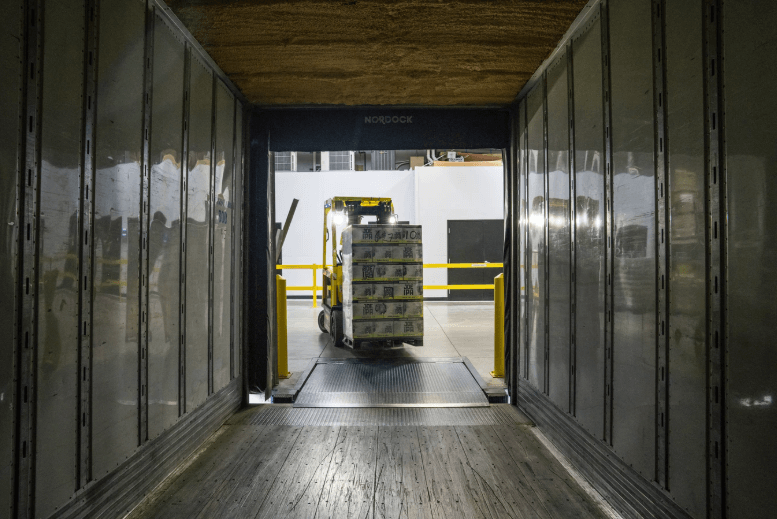2019 Forklift Maintenance Checklist

Forklifts are a key asset across industries so making sure these machines are in good working condition is important.
Just like any machine, the various mechanical parts of forklifts can suffer the effects of regular use (it is actually most common among critical parts). When a regular forklift maintenance and service plan is in place, however, businesses can make sure their operations are efficient and minimizing unnecessary costs.
While it is essential that forklift operators and those responsible for maintenance refer to their forklift’s specific instruction manual, consider the following as a starter checklist to better maintaining your gas or electric forklift.
Forklift Part Lubrication: Friction is the enemy of any machine that has moving part or joints. By regularly lubricating the forklift, and replacing ball bearings which may have worn out, your forklift will continue to operate as it was designed.
Hose Integrity: Most forklifts have a regular maintenance schedule but they are often only conducted once every few months. Hoses are one of those forklift components however that require regular monitoring. Any leaks that emerge, however small, must be taken care of immediately as they can jeopardize the integrity of the entire system.
Optimal Fluid Levels: Machines like forklifts often use many different kinds of fluid – motor oil, coolant, transmission or hydraulic fluid and others. Check these fluids more often if the forklift is used with greater regularity.
Charged & Gassed Up: It is not possible to use your forklift if it does not have any power, right? Whichever forklift you use, making sure the battery is charged or the right diesel fuel or gasoline is full is the first step to making use of these machines. If the forklift in use at your businesses is electric, maintaining the battery is also an important part of this checklist. Make sure to recharge the battery after a specific number of hours or when the charge is below a certain level (based on the manufacturers recommendation)
Tap the Brakes: Forklift brakes that become harder to use could result in a costly accident. Making sure that the entire brake system – from the forklift brake pads to the calipers – are without issue will make sure everything keeps running safely and smoothly. Signals, Gauges &
Instruments: When people have the wrong information, they often make the wrong decision – and that could lead to serious and dangerous problems. That is why it is so important to make sure that the various electrical components – turn signals, horns, gauges and other instruments – on your forklift’s are functioning properly.
Wheels and Tires: If a forklift’s tire uses air, make sure it is at the right pressure. If it is a forklift that uses rubber tires, make sure they are in good condition (no cuts or bumps) or it could result in the forklift being unbalanced which could lead to accidents or the damage of goods being moved. Check with your forklift dealer or the forklift’s specific instruction manual to determine the recommended forklift tire pressure.
Conducting regular inspections of your forklift is an important part of making sure that these machines remain in peak working order. By checking lubrication, testing electrical components, and others outlined in this checklist, you’ll be on your way to a machine that operates efficiently and effectively.
